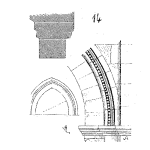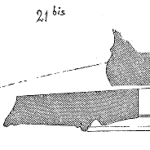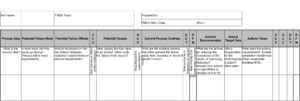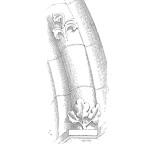
Author’s Note: I want to reiterate that this Series about reading the basic fracture surfaces, is for novices who often come into contact with such failed components. This Series is about the basics (101), and is intended to give readers an appreciation for the value of such ‘broken’ parts to an effective investigation/RCA. While this information will be rudimentary to seasoned materials engineers/investigators, I know they will all appreciate heightening awareness to the need to retain such failed parts for formal analysis, versus throwing them away and just replacing the part. Throwing away failed parts is a recipe for a repeat failure. When one does not understand why the part failed in the first place, they can’t prevent it from failing again.
In this article we will focus on how to actually incorporate the evidence (failed parts) from a failure, into a disciplined Root Cause Analysis (RCA) process.



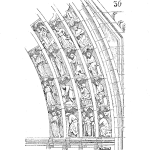


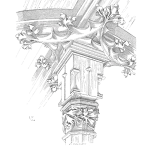
 Let’s face it, we as engineers, maintenance staff, etc. all love technology and the newest gadget. Our industry is never short of these new and shiny techniques, tools, sensors, etc. Now, this new tech can lead to significant improvements in
Let’s face it, we as engineers, maintenance staff, etc. all love technology and the newest gadget. Our industry is never short of these new and shiny techniques, tools, sensors, etc. Now, this new tech can lead to significant improvements in 

